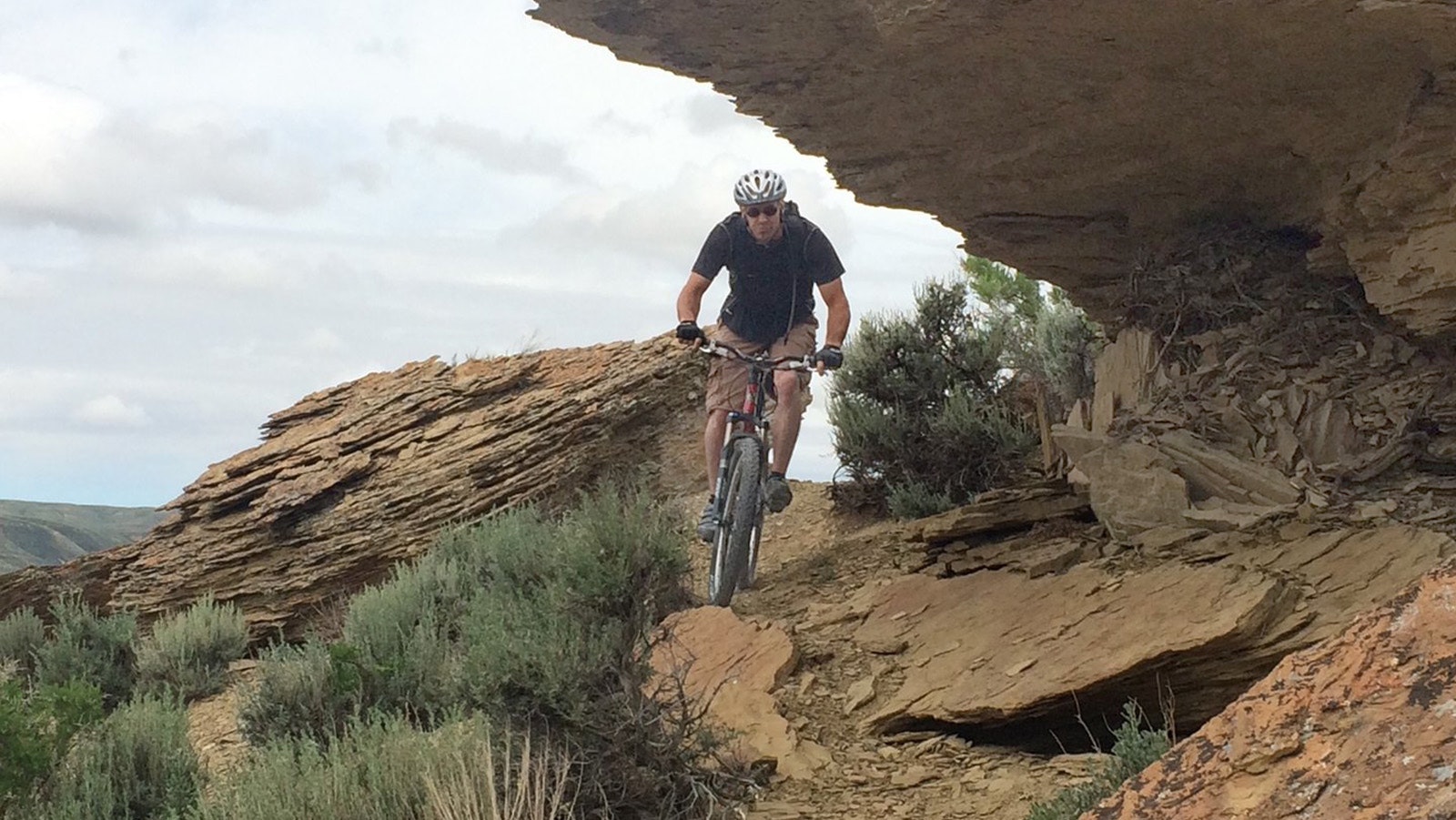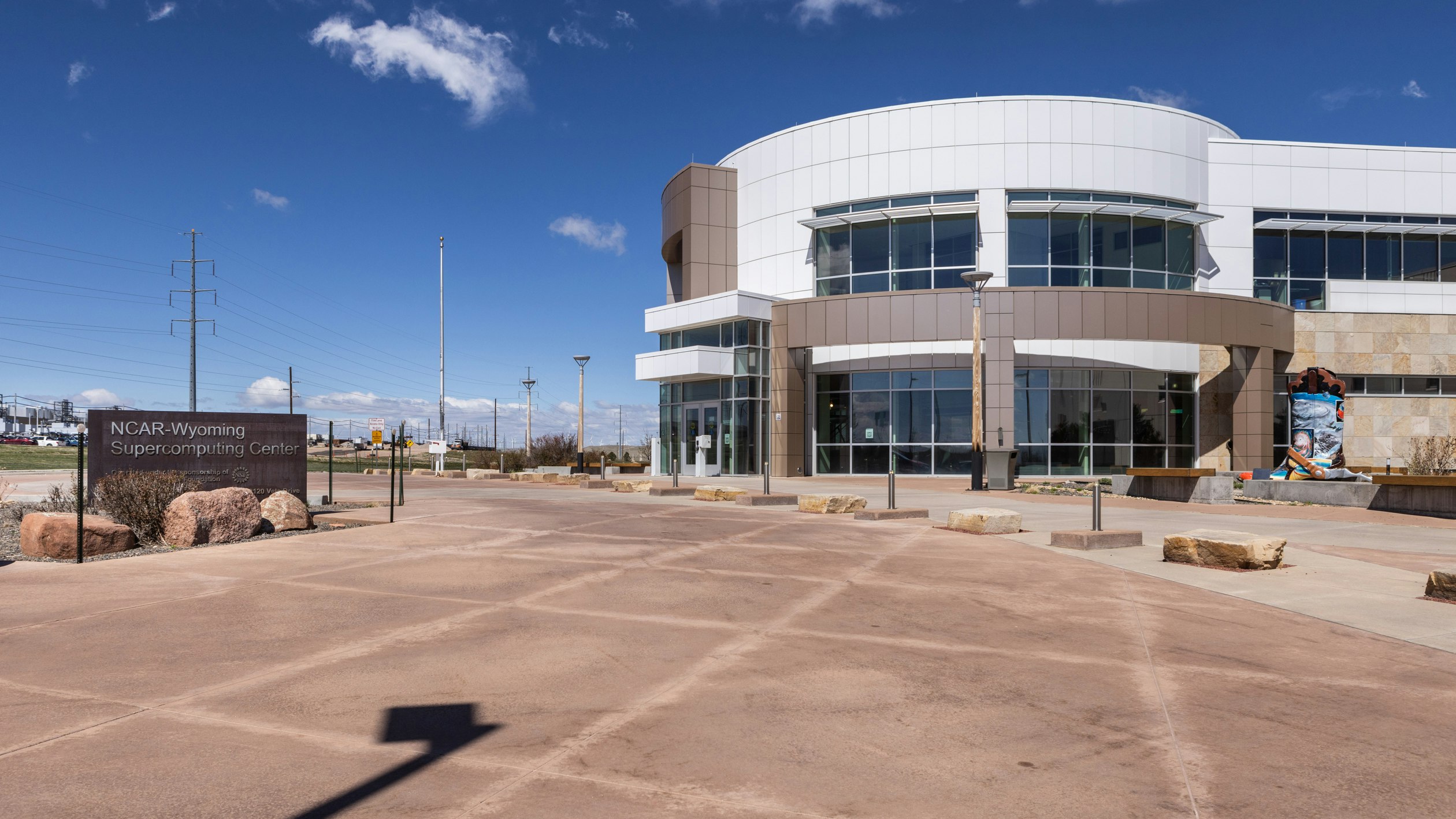CASPER — Chris Perkins remembers when discussing outdoor recreation with legislators would draw a predictable response.
“That’s nice,” they’d tell him, like a parent absentmindedly placating a child showing off an accomplishment.
It was a polite brushoff with a hard reality, recalled the Outdoor Recreation Roundtable’s vice president of programs support. More investment in outdoor recreation wasn’t likely, no matter how nice it is.
But that’s not the kind of response Perkins gets these days when he talks about investing in outdoor recreation now that the industry has surpassed $1.1 trillion in economic output nationwide.
That eye-popping figure is just under the oil and gas industry’s contribution, which injected nearly $1.8 trillion to the U.S. economy in 2021, according to an American Petroleum Institute analysis.
“Having numbers like this is an incredible advocacy tool,” Perkins told a couple hundred people from across the Cowboy State at the Wyoming Outdoor Recreation Summit in Casper on Thursday and Friday. “When you can pair those personal anecdotes that each of us have with the outdoors, alongside these economic impact numbers, you transition outdoor recreation from a nice to have to a must have.”
Wyoming has already become a big player in the nation’s $1.1 trillion outdoor recreation figure. The Cowboy State is the fourth-fastest growing outdoor recreation economy in the nation, coming in with just over $2 billion for the state’s economy in 2023.
But it’s only just scratching the surface of the Cowboy State’s true potential, particularly now that the Wyoming Legislature has not only approved an Outdoor Recreation Trust Fund to help develop its opportunities, but created a means of disbursing that money.

The New Boomtowns
Outdoor recreation tourism is already driving a whole new kind of boomtown in America, one where people flock to a community not for dot-com jobs or to produce a commodity like coal or oil and gas.
Eight of the 10 new boomtowns in America are drawing new residents for something that used to be the province of vacations, and that something is outdoor amenities.
Nowhere has that trend been more visible than in Jackson, Wyoming, which is leading all of them.
Something many Jackson residents know well, as they escape the tourists of summer to recreate elsewhere, is that the Cowboy State is filled with stunning vistas from one end of the state to other, and has many world-class amenities in between.
Just about every community in Wyoming is within driving distance of a stunning view and has something to offer outdoor recreation enthusiasts.
It’s no secret, for example, that Lander has world-class rock climbing. But fewer people might know about the cool Rock Shop, which is the name of a bouldering area that lies in the shadow of the Wind River Range.
There’s also gold-panning at South Pass City and one of the best steaks anywhere at nearby Atlantic City.
Lovell, meanwhile, is the gateway to the Bighorn Canyon National Recreation Area where the vertical limestone walls of Big Horn Canyon rise 1,000 feet above a lake that offers 70-some miles of flat water just right for boating, waterskiing, tubing, fishing and swimming.
Think of it like Lake Powell, but without the annoying crowds.
Or how about Goshen County?
Few realize just how many historical trails converged there heading into Fort Laramie before radiating out like spokes on a wheel throughout the rest of Wyoming and beyond.
That’s not to mention the once-upon-a-time mining town of Sunrise.
Some of the state’s oldest archeological finds have been discovered there, and the site is already attracting international interest, as well as plans to develop a field school and tourism to go with the site.
Those are just a few of the many gems waiting to be polished in community after community in the Cowboy State.
In all, Wyoming has 108,000 miles of rivers to offer, as well as 9,605 trails of various types and 370 campgrounds. Not to mention all the natural, historic and cultural resources.

Avoiding The Amenity Trap
Capitalizing on the state’s true potential for outdoor recreation won’t be as easy as cashing in a lottery ticket. And, as many lottery ticket winners discover, there can be perils along the way when too many people find out about all the riches involved.
That dynamic has a name in tourism circles. It’s called the amenity trap, and it was top of mind throughout the conference, weaving itself into presentation after presentation.
The amenity trap refers to what happens when too many people all want to use the same resource at the same time.
That excessive demand can lead to degradation or even destruction of the resource that attracted people in the first place.
That’s a very real concern for Wyoming’s smaller communities that have rich opportunities but may have limited infrastructure, Headwaters Economics’ lead researcher in outdoor recreation, Megan Lawson, told those at the Wyoming Economic Summit.
“There are good things that come along with this right,” Lawson said. “(For) rural communities, this helps to keep schools open and grocery stores or businesses open. But it also brings a lot of challenges.”
Those challenges range from affordable housing and inadequate sewer and water infrastructure to less tangible concerns, like the sense that the culture of a community is being lost.
Wyoming’s groundbreaking Outdoor Recreation Fund is going to play a big role in mitigating what’s ahead, she suggested, and urged those who decide how to spend the money to keep the amenity trap in mind.
“Are these investments supporting residents who already live in these places?” she said. “Are these investments contributing, are they going to make the amenity trap worse? Or can they help to mitigate it?”

More Than Just Recreation
The kind of strains being seen in Jackson for housing, infrastructure and workforce are not what anyone wants to see happen in other communities of Wyoming.
And those kinds of strains are something that national think tank Outdoor Recreation Roundtable has given a lot of thought to sorting out.
They’ve surveyed 90 small communities that have been through an economic development boom to focus in on best practices for rural economic development.
But the payday for boosting outdoor recreation is about more than just netting tourism dollars, Perkins said. Doing it right can add to a community’s quality of life. That, in turn, can help them with other issues.
In Utah, for example, researchers took a look at what was bringing its workers back home to their state.
“The No. 1 reason these workers were returning to Utah, 85% said it was access to the outdoors,” Perkins said. “And No. 2 was family. And I think what that example shows really well is that when we invest in outdoor recreation, we’re not just investing for recreation’s sake, but we’re investing in economic development across sectors.”
That has huge implications for a state like Wyoming, which has three jobs for every worker, and where a help wanted sign hangs in just about every business in every community across the state.
Improved quality of life is now one of the biggest selling points in today’s labor market, Perkins said, beating out even salary.
Having it is an ace-in-the-hole for recruiting and retaining highly trained workers in sectors that have traditionally struggled in rural communities, like doctors and nurses for health care and teachers for schools.
“That’s why 21 states have now established offices and outdoor recreation,” Perkins said. “And the first one was in Utah in 2013.”
Renée Jean can be reached at renee@cowboystatedaily.com.





